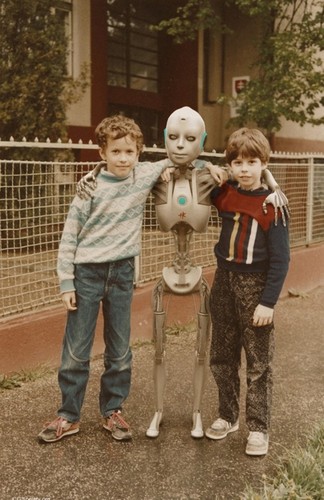I have had prior opportunity to talk about the attachment process in humans. No matter what the relationship is when two humans meet they they initially go through a process of attachment development. I have used the relationship diagram to show this process.

Whilst all relationship go through this process they can do it in differing ways depending on what type of relationship it is
There can be the four stages of a romantic relationship that a man and woman go through.
1. Acquaintances
2. Honeymoon stage
3. Smothering - abandonment stage
4. Complete relationship
The honeymoon stage which usually lasts between 6 to 18 months is where the attachment builds up. Attachment building occurs when at least one of the parties views the other in an attractive and appealing light.

Then for some reason that is followed by a period where they couple set about separating and individuating from each other. They set about breaking down the attachment which they just spent all that time and energy creating. This occurs in the Smothering - abandonment stage of the model above.
Once done they set about doing the same again with someone else. This just seems to be the natural human condition. With attachment development of course comes the very strong inbred desire to maintain proximity to the other which is at the very core of human relationships and makes sure most stay together for that period. After the detachment period is ended they are more easily able to separate geographically if society allows such a thing. The love between them changes from an attachment based love to a FC to FC liking type of love. The psychological need to maintain proximity is reduced and they more choose to stay together (or not) rather than being biologically programmed to.

Hence we end up with the serial monogamy model of marriage. In a westernised family type of situation the attachment - detachment process takes about 7 to 10 years. After that they are more psychologically capable to geographically separate and this can explain why the divorce rate in such societies tends to hover around the 40 to 50 percent mark.
Of course the same can happen in the therapeutic relationship between the client and therapist. Compared to the marital relationship it is much more unequal in that it is more on the client’s side but the same process occurs as is shown in this diagram.

In the positive transference the client can develop a strong attachment and thus the desire to maintain proximity can be quite strong indeed. After that comes the negative transference where the client sets about breaking down the attachment they have just spent all that time developing. Once complete then the therapist becomes much less psychologically important to the client and the desire to maintain proximity reduces and eventually the client sort of outgrows the therapist and moves onto the next relationship. Again we have this serial quality in attachments in relationships.
Finally we have the child and mother relationship where the same takes place. The child spends the first two years developing a very strong attachment and thus a very strong desire to maintain proximity to mother. It then spends the next 16 years breaking down that attachment and separating and individuating. Whilst the overall process is the same it differs quite considerably in a number of ways than the two other relationships just described.
Graffiti




0 comments:
Post a Comment